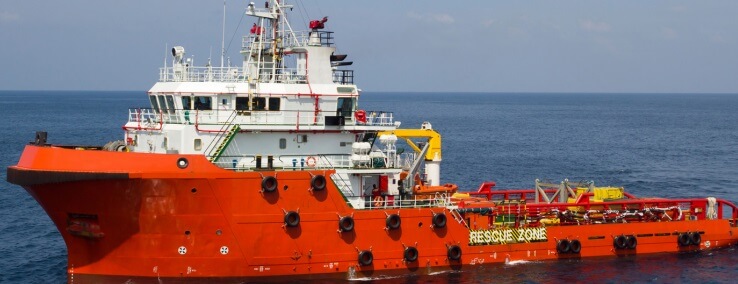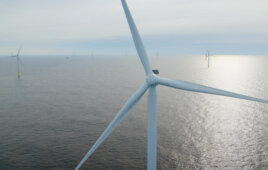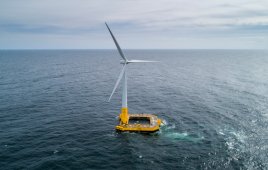Dr. Magdalena Kurkowska
The offshore wind industry is heavily reliant on vessels, both for construction and maintenance. For a number of years, the sector has been suffering from the shortage of installation and maintenance vessels. Is there any change on the horizon? Can vessel sharing schemes change the situation for better? Finally, is the current vessel technology keeping up with the changing industry needs?

To make the shortage worse, existing wind turbine installation vessels are not fit for their assigned purpose.
There are not enough jack-ups and heavy lift vessels on the market. This shortage has proven to cause delays in construction of the offshore wind projects. The German Alpha Ventus farm was commissioned one year later than planned because no installation vessel was available. Finally, a ship 20 times larger than required was employed to complete the task. The London Array project suffered a similar problem when the main installation vessel arrived three months late and extra ships had to be hired so that deadlines can be met. These are only a few cases of many.
To add to this problem, existing installation vessels are not fit for purpose. Optimized for the oil & gas industry and often limited by the depth level of 30m, most of the existing jack-up ships are unable to handle deepwater monopile installations. In Europe, only about half of the 75-jack ups fleet is capable of conducting installation of a new generation 8MW offshore turbines. On a global scale, only 15% of the fleet can handle monopiles that weigh more than 1,000 tons.
Register for the rest of the report here: https://goo.gl/u7pnFB
Filed Under: Offshore wind




